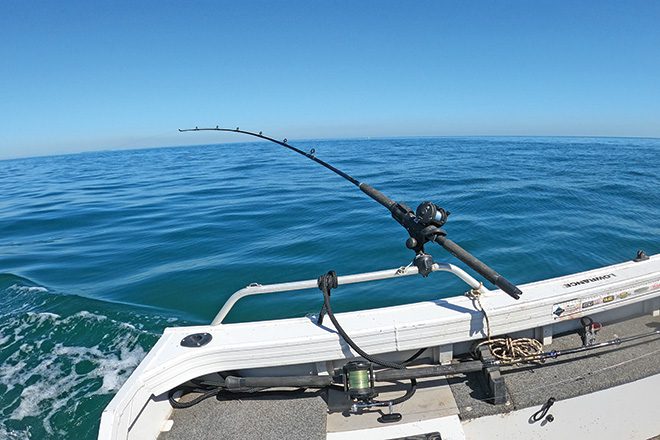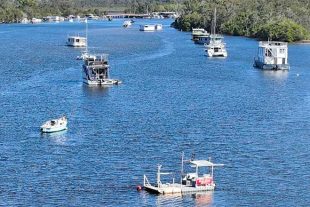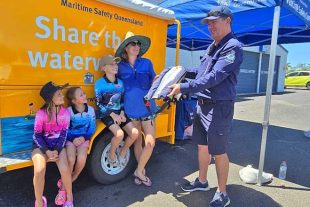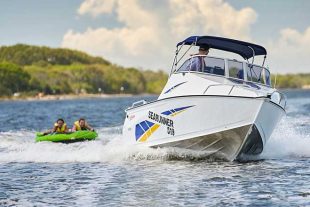For many anglers with boats, their boating knowledge was passed down through the generations. boat
Either their parents or grandparents taught them the basics of putting the boat on and off the trailer, getting it on the water and starting it safely.
Yet for those like me, who grew up in a country town and with no boater in the family, you had to learn the hard way.
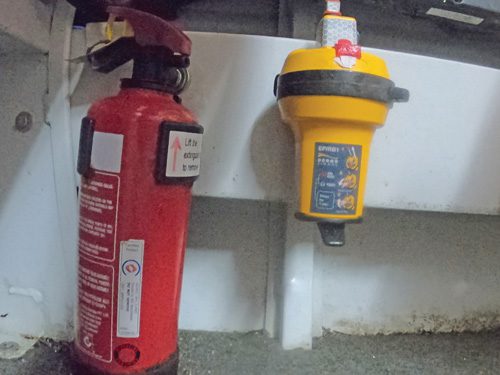
That meant learning everything – from reversing the boat down the ramp to trailering the boat safely and getting the boat started on the water.
When I started learning about three decades ago, there was a lot of trial and error.
The occasional fishing magazine article was written about it but nothing that could have fully prepared me for what I learnt on the water and at the ramp over the years.
That’s the reason for this article – to hopefully help those new to boating minimise mistakes and, when the boat won’t start, know what the simple solution might be.
Safety checks
First things first – if you’ve just bought a second-hand boat, you want to make certain it’s free of damage and leaks.
You also want to ensure the boat and trailer registrations are up to date and that you have at least third-party insurance on both in the event of an accident.
You then need to make sure you have all the appropriate and within-date safety gear onboard that is suitable for the type of water you’ll be fishing.
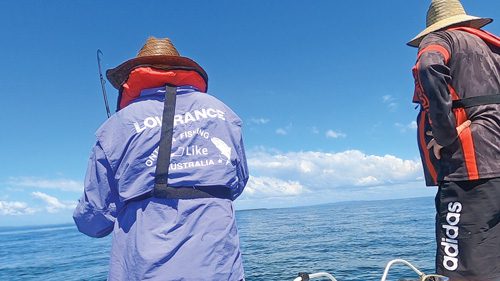
Check your relevant state marine safety authority, such as Maritime Safety Queensland, for the classification of the waters you intend to fish and the safety gear required.
As an example, much of Moreton Bay is classified as partially smooth water, so you need the equipment associated with partially smooth water.
This includes flares and appropriate life jackets.
You need to check the former are within date and, in the case of the later, do annual checks to ensure they are in good condition.
It is also worth storing your complete set of safety gear in a floating waterproof grab bag, in the event you do go in the water.
Another thing you want to check is that the trailer’s connecting chain is in good condition and that the shackle on the chain that connects your trailer to your car is appropriately weight rated.
Again, check the website, don’t assume it’s OK because someone had it before you.
Then ensure your boat is fitted with the appropriate navigation and anchoring lights for being on the water in fading light or at night.
Finally, I strongly encourage all boat users to join a marine assist service, such as Volunteer Marine Rescue Queensland or Australian Volunteer Coast Guard, in case you run into trouble on the water.
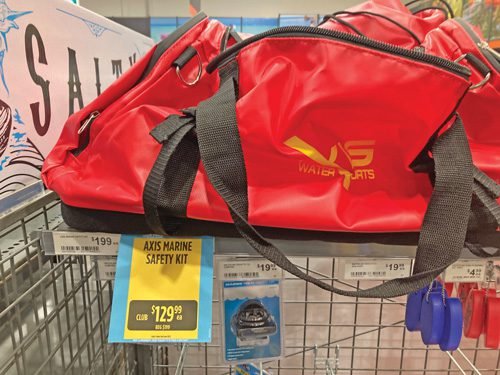
Pre-water checks
Once you’re certain you’ve got all your safety gear, there are a few important checks you should do before you leave home for the ramp:
- Ensure you have sufficient fuel for the trip – fill your tank and, if you can, carry spare fuel for emergencies
- Check your boat batteries are fully charged – you will need a marine grade ‘starter’ motor to start your engine and run any accessories such as your sounder, whereas if you have an electric motor, you will want a deep-cycle marine battery
- Make sure you have all your required safety gear onboard and that they are ‘in date’
- Take plenty of water and sunscreen, and carry a spare hat or two on the boat in case yours blows off – I even carry spare sunglasses and glasses in the event I accidentally lose mine overboard
- Before you start driving, make sure you lift your boat’s engine up and have it secured with either the motor’s metal latch or an outboard support bracket
- To avoid a fine from police for an unsecured load, confirm that any gear in your boat is secured and tied down or put it in the vehicle until you get to the ramp
- Check the hook on your winch strap is secured to your boat, the bow of the boat is sitting tight up on the top roller and the safety chain is secured to your boat with a shackle
 Bush ‘n Beach Fishing Magazine Location reports & tips for fishing, boating, camping, kayaking, 4WDing in Queensland and Northern NSW
Bush ‘n Beach Fishing Magazine Location reports & tips for fishing, boating, camping, kayaking, 4WDing in Queensland and Northern NSW

